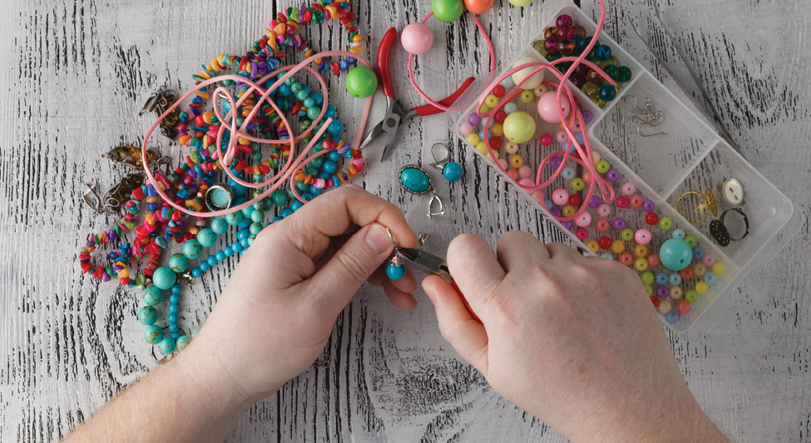The learning activities for preschoolers that have the most benefit are the ones that are so much fun that kids won’t even notice they’re developing fine motor and learning skills!
The best activities to help little hands explore and learn are open-ended, letting children be guided by their imagination. I have put together this list of my most favorite and simple learning activities for preschoolers that kids are sure to love. Even older kids will love getting in on the action of these fun Valentine’s Day learning activities.

1. Scissor Cutting Practice

Muscle Building: Practicing scissor cutting is good for building muscles. Cutting allows the children to work on their small muscles in their hands. These muscles are the same ones that will be used for writing, painting, holding a toothbrush, and even getting dressed.
Hand-Eye Coordination: Cutting enhances hand-eye coordination. This means that children use their vision and move their hands accordingly to accomplish the task. Some children may even begin to make letters and shapes on the ground with their yarn pieces. This is a great way for them to practice letters on their own and at their own pace.
Sparks Creativity: When children have a say in what they learn, they develop a love of learning and are more likely to retain information when it interests them. When a child has a choice, they develop a sense of self. This can also spark creativity. When a child learns about a subject that is interesting to them, they are more likely to become creative.
For Valentine’s Day learning activities, take construction paper and draw hearts on them for the children to cut out. This allows children to practice bilateral coordination, meaning they use both sides of their body at the same time. For example, when cutting a heart, they must hold the paper with one hand while the other hand is cutting the heart out. Bilateral coordination is an indicator that both sides of the brain are communicating effectively and sharing information, an important skill to work on as children are developing.
2. Heart Stickers
Stickers are an easy way to let children decorate their Valentine’s or artwork and develop multiple learning skills.
First, heart stickers (or any kind of stickers) are open-ended. This activity allows the child to place the sticker where they please and use their imagination. Stickers are also great for practicing fine motor skills. Stickers require children to use a pincer grasp in order to pull the edge off of the sticker. To extend this activity, you could provide scratch and sniff stickers or other stickers with different textures in order to provide sensory exploration.
This type of activity also helps with bilateral coordination, as mentioned above. When children peel stickers off of a sticker sheet, they are using and working on their hand strength. This activity helps children for future daily tasks, such as buttoning and snapping on clothing, tying their shoes, and more.
3. Bead Stringing

For bead stringing, use string for necklace-making and hand out the completed necklaces as Valentine’s Day gifts. The photo below shows pipe cleaners, which are a great substitute if you don’t have string. Pipe cleaners also offer a little more stability for younger children who are working their way up to yarn or string.
Bead stringing tasks are great learning activities for preschoolers because they help with fine motor skills as well as with visual-motor skills (eye-hand coordination) and cognitive skills. These activities also allow children to use in-hand manipulation. An example of this would be picking up a bead and then shifting it so the pipe cleaner goes through the bead. During this activity, children will be practicing cognitive skills by planning out what necklaces they want to make, what colors they will choose, etc. If they master this activity easily, they could try to do a pattern.
Children also practice math with this activity because they will need to estimate how long their necklace or bracelet may need to be. For older children, have them estimate how many beads they may need to complete their string to reinforce their math skills.
4. DIY Valentines
Rather than using store-bought Valentine’s cards for a virtual classroom party or other children’s Valentine’s exchanges, allow them to put their imagination to use, refine their scissor skills and other fine motor skills by printing the free printable Valentine’s cards.
After printing, they can cut them out and decorate them using stickers, glitter, crayons or anything else that’s on hand and practice writing their name in the “from” section. Depending on how old they are, they may want to have them complete the writing portion over several days, so little fingers (and minds) don’t get too tired.
And, to double the fun of giving these Valentine’s cards, consider adding a sweet treat as well!


